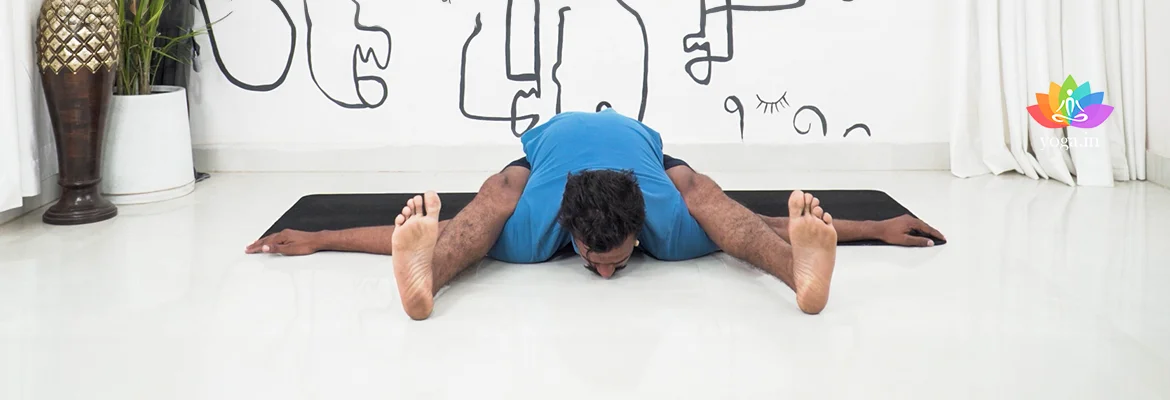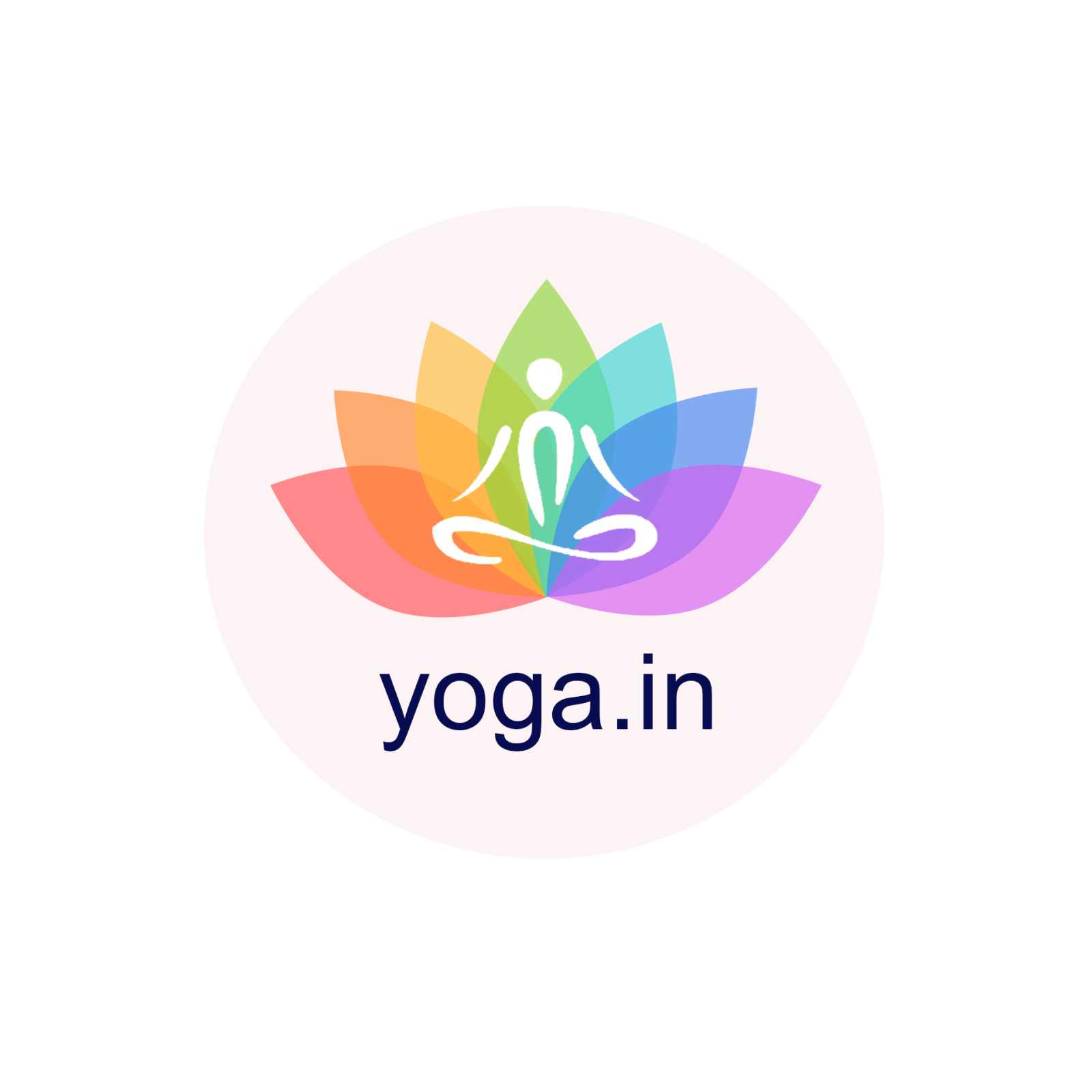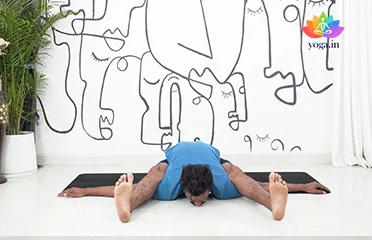Begin by coming into Dandasana with your legs outstretched and your hand beside your hips. Press your thigh firmly on the mat.
Introduction to the Asana
The Sanskrit name is derived from Kurma (कूर्मा) meaning tortoise and asana (आसन) meaning posture or seat.
Step to get in the pose
-
-
Open your legs wide so your knees are apart more than your shoulder width.
-
Now slightly bend your knees. Gently, extend your chest and arms forward and down between your legs.
-
Bring your torso forward to slide your arms under the bent knees from inside. Your elbow should be under the knee cap.
-
Continue to bend your leg upward to create more space for your shoulders under your knees.
-
To ease the pose, you can roll your thighs inward and extend your abdomen while your feet are not stressed.
-
Now, expand your chest and broaden the collarbones while pressing your shoulders or upper arms with your thighs.
-
Experience your inner heels pushing down in forward direction and legs being stretched and straightened. Maintain the pose for a few seconds taking deep breaths.
Common mistakes and pitfalls
-
Getting into the pose without proper warm-up and preparation.
-
Too much rounding in the back & tightness in your hips.
-
Overstraining your muscles while doing the pose.
Benefits
-
Elongates the spine and releases the knots in the lumbar region.
-
Reduces stiffness of the body, and relaxes your head, neck, and shoulders.
-
Improves posture and body flexibility.
-
Eases sciatica pain.
-
Improves the functioning of the digestive, abdominal, and respiratory system.
-
Treats asthma.
-
Boosts metabolism & improves digestion.
-
Improves blood circulation to the brain and improves memory and concentration.
-
Release stress and anxiety and rejuvenate your body.
-
Calms the nerves and cures sleeplessness.
Contraindication
-
Avoid in case of any injury at the hips, shoulders, neck, and thighs.
-
Avoid in case of acute lumbar spondylitis, sciatica pain, chronic arthritis, herniated disks, or strained lower-back muscles.
-
Avoid during pregnancy or consult a doctor or yoga teacher before performing the pose.
-
Avoid during Menstruation.




